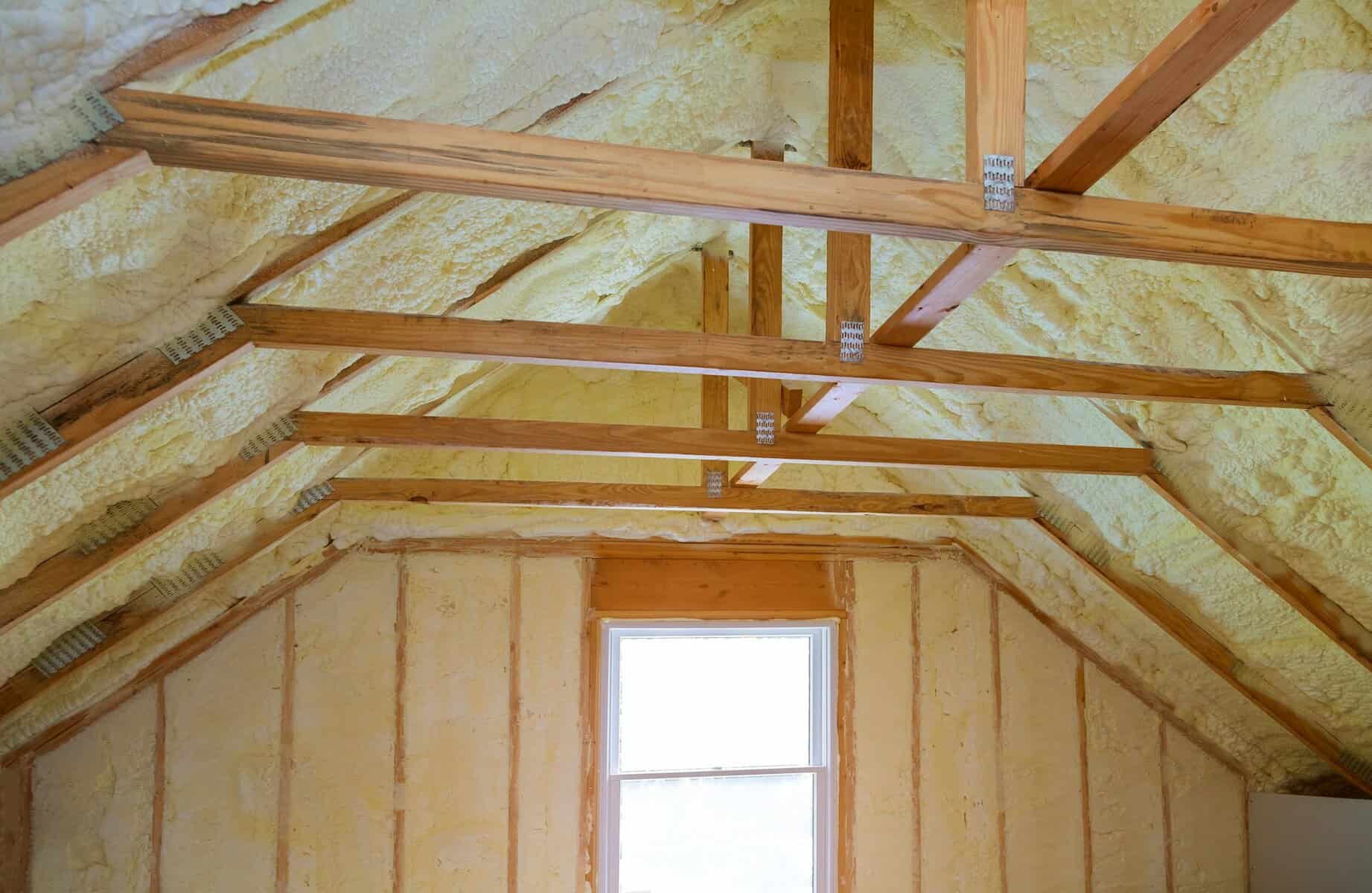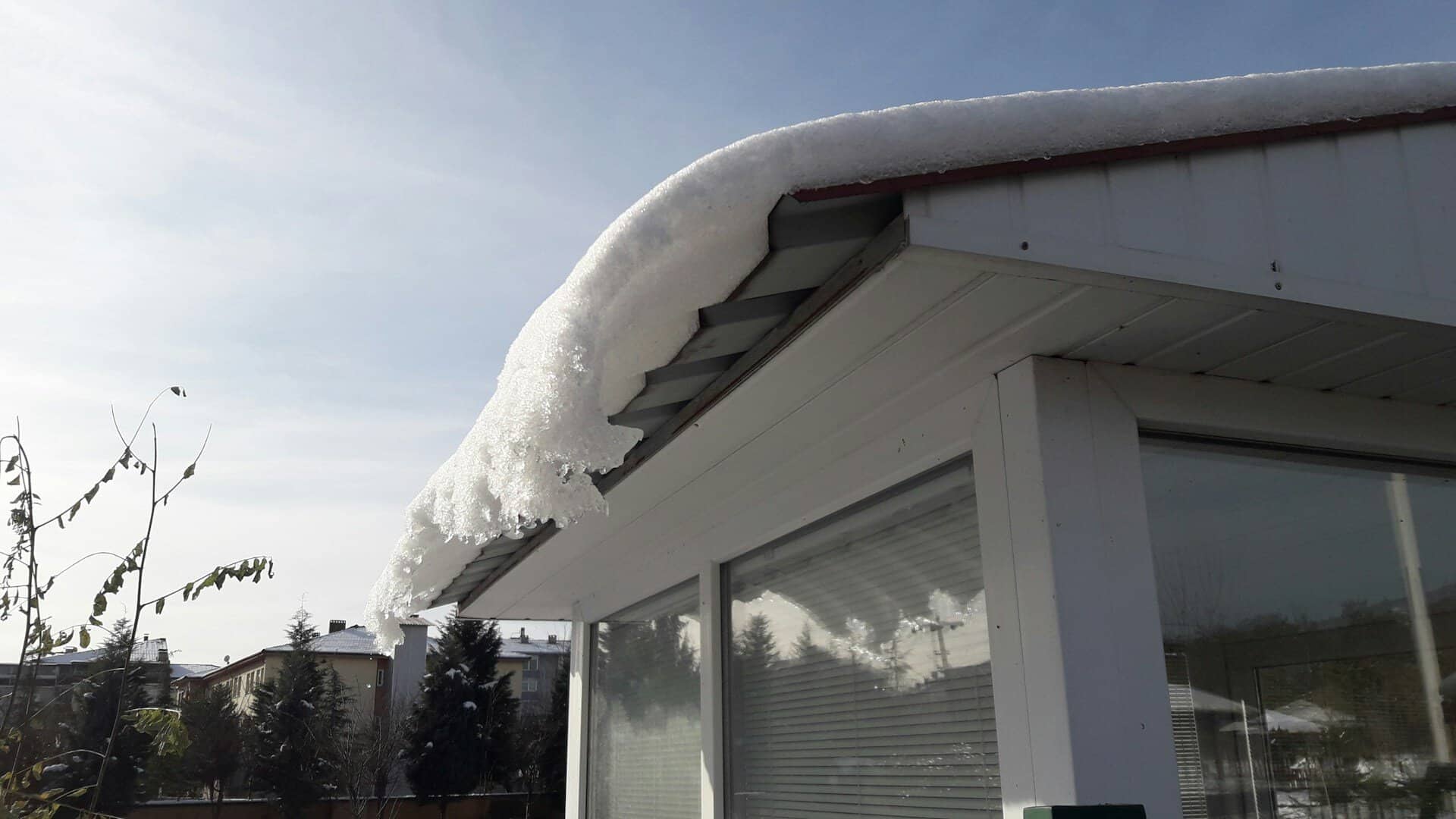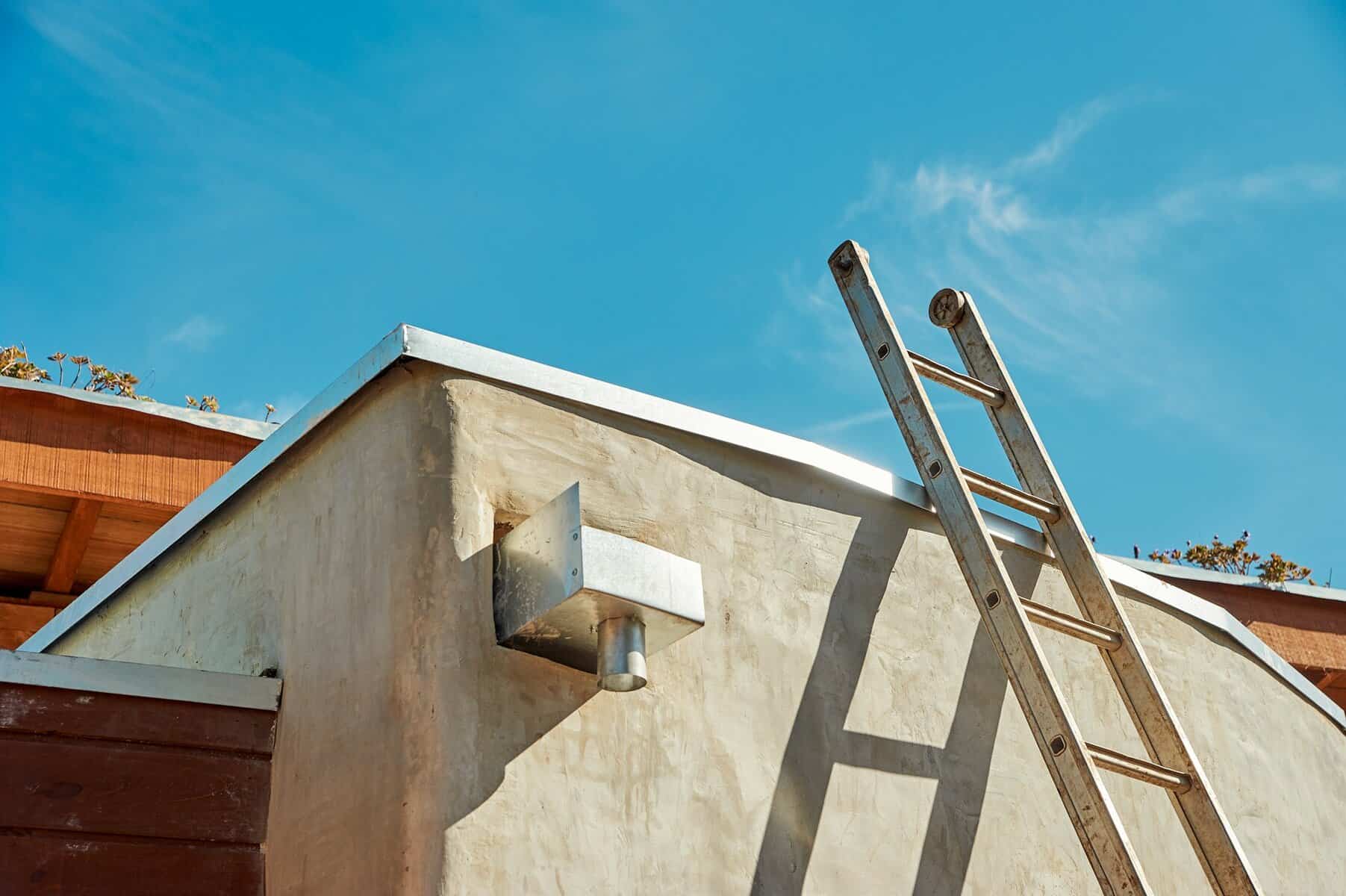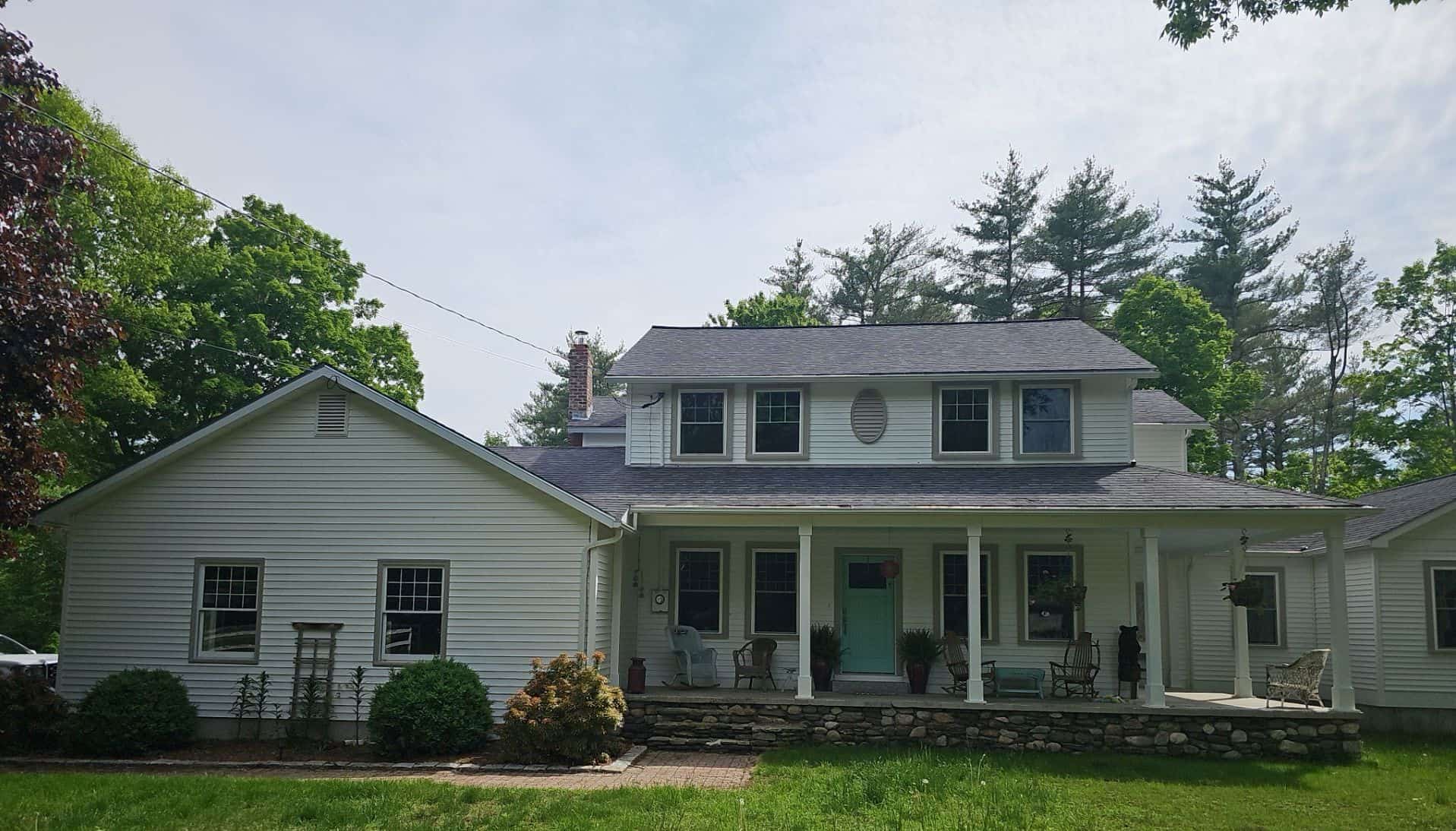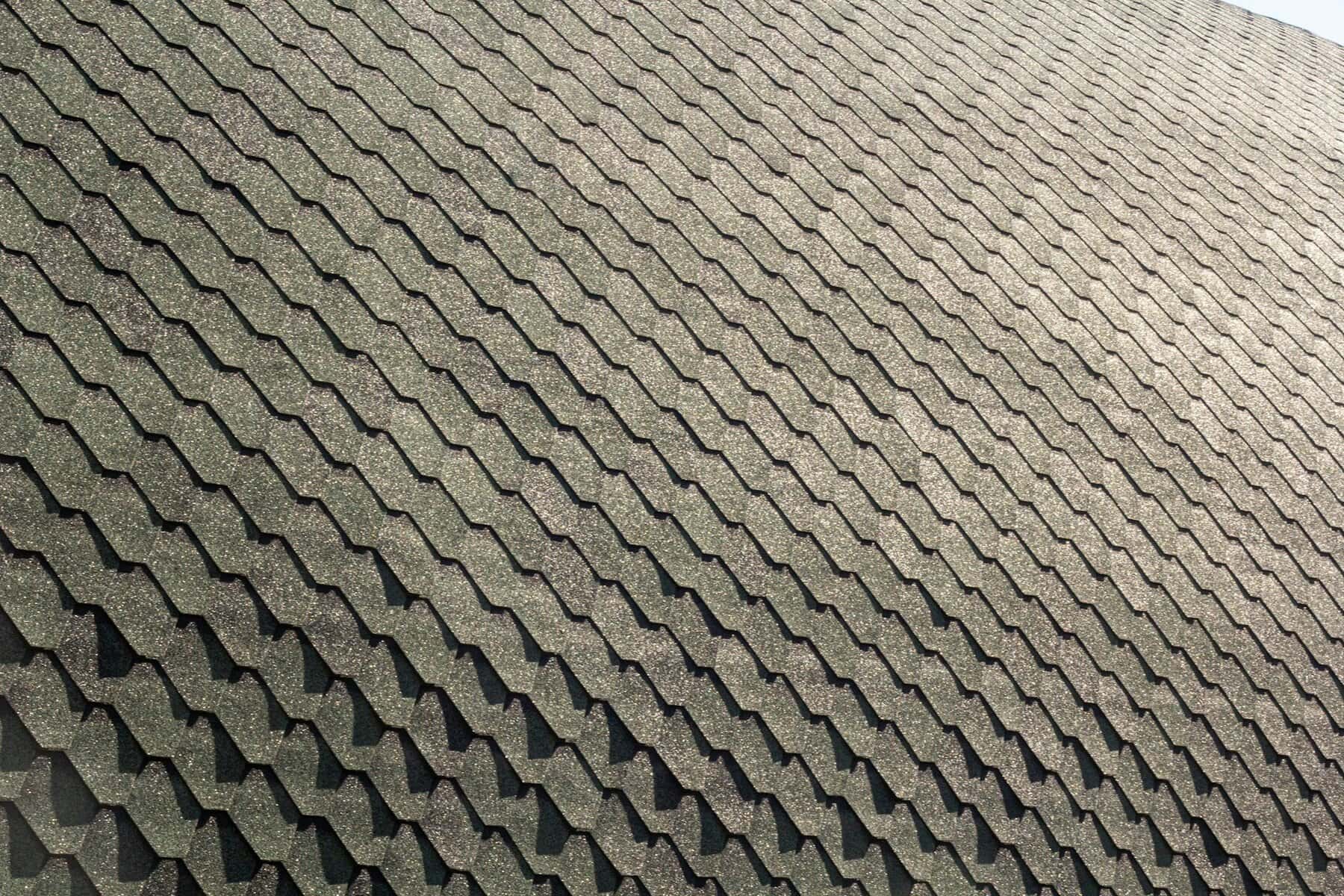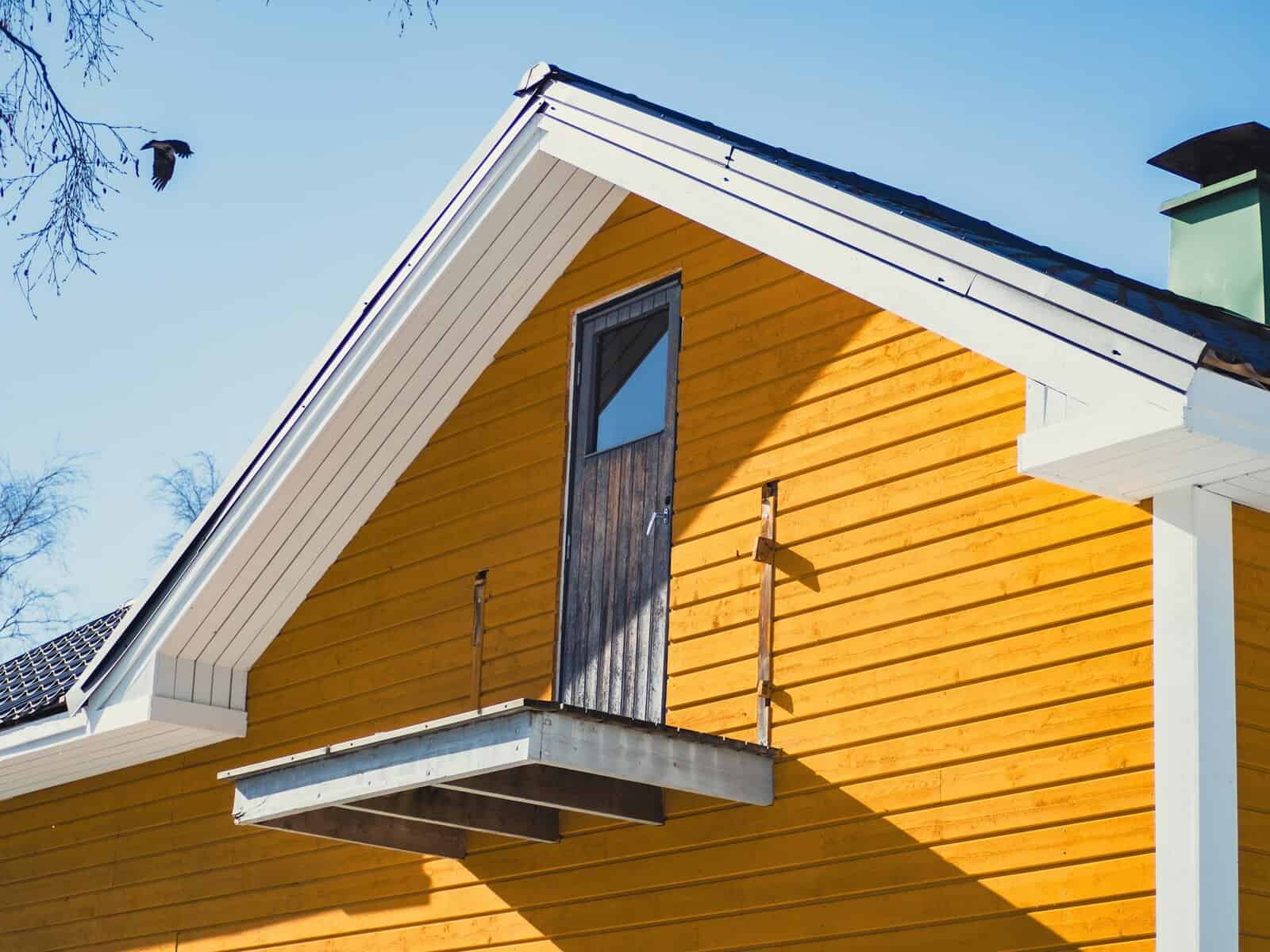Winter in New Hampshire brings a lot more than just snow-covered trees and frozen driveways. It also puts your home’s roof to the test. When heat starts escaping through the top of your house, you’re left with higher energy bills, uneven temperatures indoors, and extra wear and tear on your heating system. Many homeowners don’t realize how much a roof contributes to their home’s overall efficiency during colder months.
Heat loss through the roof can be caused by several hidden problems, some of which may have developed slowly over time. Addressing these issues doesn’t just improve comfort. It can also help protect your home’s structure from the effects of moisture, ice buildup, and overworked insulation. Easy fixes like sealing gaps, updating insulation, or making design improvements can go a long way when handled by experienced roofing contractors in NH.
Common Causes Of Heat Loss Through The Roof
If your house feels colder than it should in winter, your roof might be part of the issue. While running the heat longer might seem like a solution, it’s really just covering up a deeper problem. Understanding the root causes helps you make better decisions when it’s time to fix them. Here are a few of the more common ones we see in homes across New Hampshire:
– Poor insulation: If your attic doesn’t have enough insulation, heat rises and escapes through the roof quickly. Even a well-built roof can still lose heat if what’s underneath cannot hold it in.
– Gaps and cracks: Over time, small cracks in roof sheathing or gaps around vents and chimneys can act like open doors for warm air to leave.
– Outdated or inefficient materials: Older roofing materials, especially those that aren’t designed for cold climates, tend to lose heat faster. That makes the temperature inside your home uneven even when the heating is on full blast.
– Bad or missing ventilation: You might be surprised, but ventilation doesn’t just release hot air in summer. In winter, airflow helps prevent moisture buildup and balances temperatures, keeping insulation effective.
Most of these problems build up gradually. You might notice drafty rooms, rising heating costs, or ice dams forming along the roof’s edge. These are warning signs that something is off up top and waiting too long can make things worse. A proper inspection from someone who knows what to look for can make all the difference in finding where the heat is slipping away.
The Role Of Insulation In Preventing Heat Loss
Insulation is one of your home’s best defenses against winter’s chill, but it only works when it’s properly installed and in good condition. In cold New England weather, insulation acts like a coat for your house, slowing the movement of warm air and helping maintain a steady temperature inside. If insulation is thin, missing, or unevenly distributed, expect warm air to creep out through the roof.
There are a few types of insulation that work well in homes here:
– Fiberglass batts: Common and cost-effective, these fit between attic joists easily but can leave small gaps if not installed tightly
– Spray foam: Great for sealing tight corners or awkward spaces. It also blocks airflow along with insulating
– Blown-in cellulose: Covers vast areas without leaving gaps, which comes in handy for homes with irregular shapes or hard-to-reach spaces
You can often tell it’s time to upgrade insulation if your top floor feels significantly colder than the rest of the house or you see signs like icicles and drafts. Sometimes homeowners discover that their attic has insulation, but it’s compacted or damp, which lowers its ability to keep heat inside. It’s also worth checking if your insulation covers the eaves and is free from blockages, as this makes a big difference in overall flow and function during winter.
By focusing on insulation as a first step, you reduce the chances of other issues popping up down the line. It’s a smart move that doesn’t just keep your house warm. It helps your entire roof system last longer.
Identifying and Sealing Gaps and Cracks
One of the quickest ways warm air escapes from your home is through small cracks and openings that often go unnoticed. Even a well-insulated attic can’t do much if there are open gaps allowing heat to leak out. These can form around chimneys, plumbing vents, attic access points, or even under damaged shingles. Wind can also push cold air through these cracks, chilling the space and undermining your heating efforts.
The best way to spot these problem areas is through a thorough inspection, especially when temperatures drop. You may notice cold drafts or see daylight peeking into your attic where it shouldn’t. Sometimes, melted snow in patches can point to heat escaping from specific spots on the roof. Once those areas are found, they can be sealed with materials like weather-resistant caulk, expanding foam, or flashing tape, each chosen based on the size and location of the gap.
While the fix itself might sound simple, knowing where to look and what materials to use takes experience. That’s why inspections by professionals in New Hampshire who are trained for this climate offer a better long-term solution. They’re able to find the things you might miss and seal them properly, preventing heat from slipping out of your home every winter.
Upgrading Roofing Materials For Cold-Weather Efficiency
Roofing that doesn’t hold up against harsh winters can drain heat faster than you’d think. Older shingles, shifting underlayment, or worn-out materials can allow moisture and wind to creep in, accelerating heat loss. High-performing roof systems use layered protection with products designed to work together during storms, deep cold, and freeze-thaw cycles.
Here are a few components that make a big difference:
– Architectural asphalt shingles with a strong fiberglass base offer a tighter seal and better durability in cold temperatures
– Ice and water shields help prevent melting snow from penetrating under the shingles
– Insulated roof decks or radiant barriers can bounce heat back into the home, holding warmth where you want it
Over time, roof materials wear down, especially under the freeze-thaw cycles common in New Hampshire. Shingles may curl or crack, nails might pop, or underlayment might shrink. If your home’s roof hasn’t been updated in a while, it might be worth exploring modern materials that provide better thermal performance and durability. Professional roofing contractors can guide you to materials that fit both the weather and the style of your home.
Ventilation Keeps Temperature Balanced
Proper ventilation might not seem related to heat loss at first glance, but it plays a big part in how warm and dry your home stays in the winter. A well-ventilated attic helps push moisture and stale air out, while letting air circulate just enough to keep the insulation working as it should. Without ventilation, warm air builds up in the attic and creates condensation, which can reduce insulation’s performance.
Every home has different ventilation needs based on its design. Some of the most reliable types include:
– Ridge vents that run along the upper peaks of your roof
– Soffit vents under the eaves that allow fresh air intake
– Gable vents on side walls that improve cross-ventilation
– Powered roof vents, installed in cases where natural flow isn’t enough
If your roof is holding too much heat up high, that can actually lead to faster snow melt, which causes ice dams near the edges. This traps water that backs up into the home. Well-planned ventilation spreads the warm air evenly and moves out moisture, helping to prevent ice dam issues and the water damage they bring.
Winter Roof Maintenance Tips For Homeowners
Your roof works harder than any other part of your house once the snow starts falling. Even in the early months of winter, it’s smart to check that everything is holding up as it should. A small issue like a shifted shingle or frost-covered vent can snowball into a much bigger problem if ignored.
To keep your roof functioning through the winter, here’s a quick checklist:
1. Check for ice dams or uneven melting patterns
2. Look inside the attic for frost, moisture, or cool air leaks
3. Clear overhanging branches and remove any major debris
4. Ensure vents are unblocked and air is moving through the attic
5. Watch for water stains on ceilings or upper walls as an early sign of a leak
Regular winter maintenance won’t just help your home stay warm. It can also catch problems early, before they affect the structure or require full-on repairs. Walking on a snow-covered roof isn’t safe, so leave that part to contractors trained to handle winter roofing conditions in New Hampshire.
Keep Heat Where It Belongs
Taking care of your roof during the colder months means a lot more than just patching leaks. A solid roof system works like an insulator, a temperature controller, and a shield against moisture all at once. When any one of those parts isn’t doing its job, your heating bill goes up and indoor comfort goes down.
If your home’s been feeling drafty or your energy use seems high, don’t brush it off. These can be signs that the roof is allowing heat to slip away. Taking time to figure out what needs fixing, whether that’s insulation, ventilation, or materials, can bring long-term results. With winter always arriving sooner than expected in New Hampshire, it pays to stay ahead of the game and be ready. Now’s the time to look up and make sure your roof is keeping the warmth where you need it most.
Ensure your home stays warm and efficient this winter by addressing heat loss with the help of experienced roofing professionals. At J. Carnes & Son Roofing, we specialize in insulating homes to prevent heat escape and reduce energy costs. Work with roofing contractors in NH who understand New Hampshire’s unique climate challenges. Contact us today to explore our services and keep your home cozy all season long.

